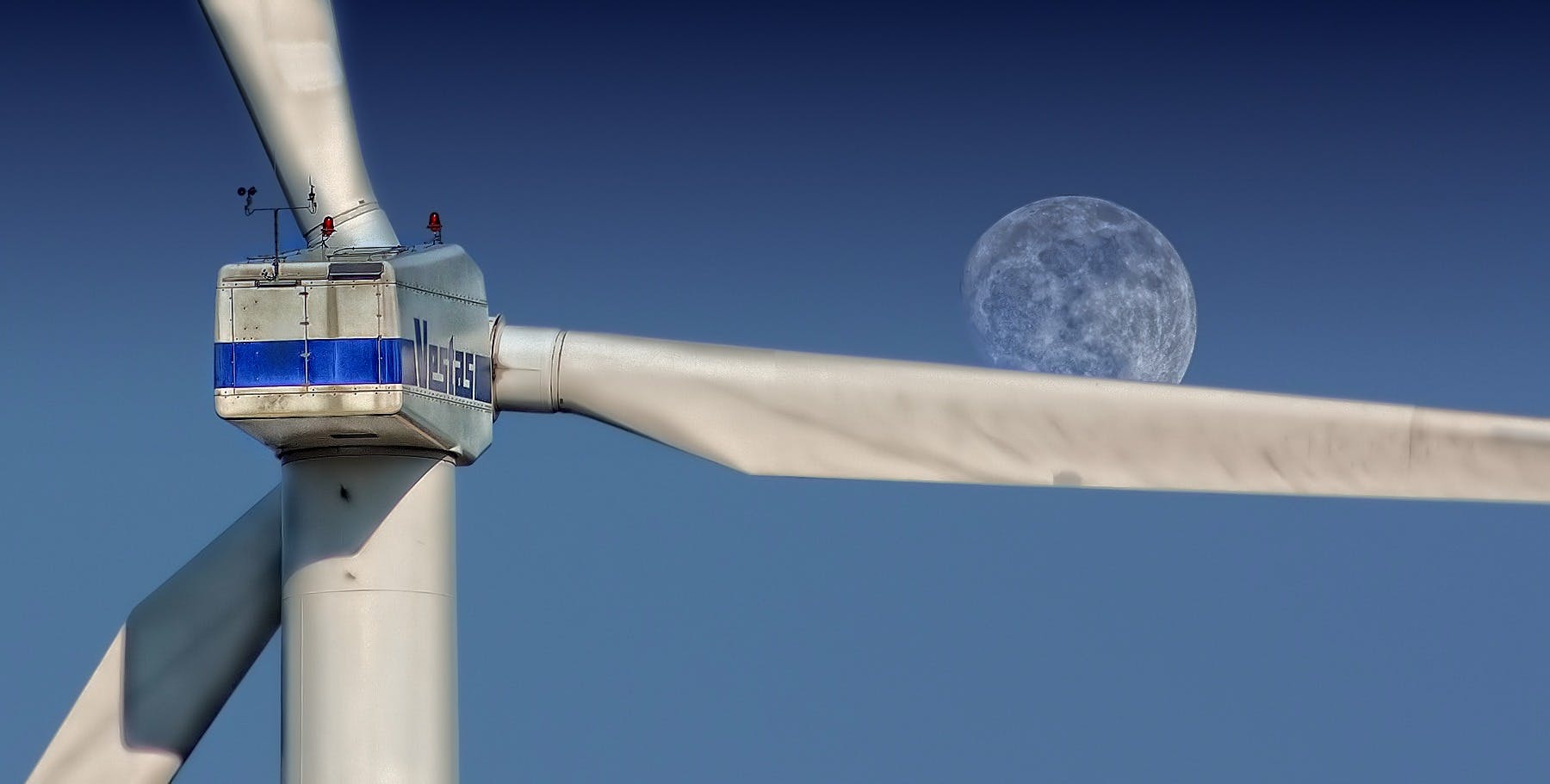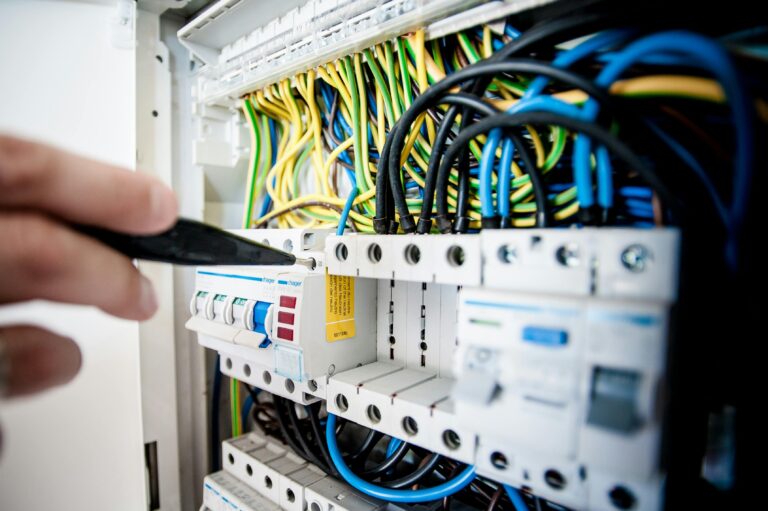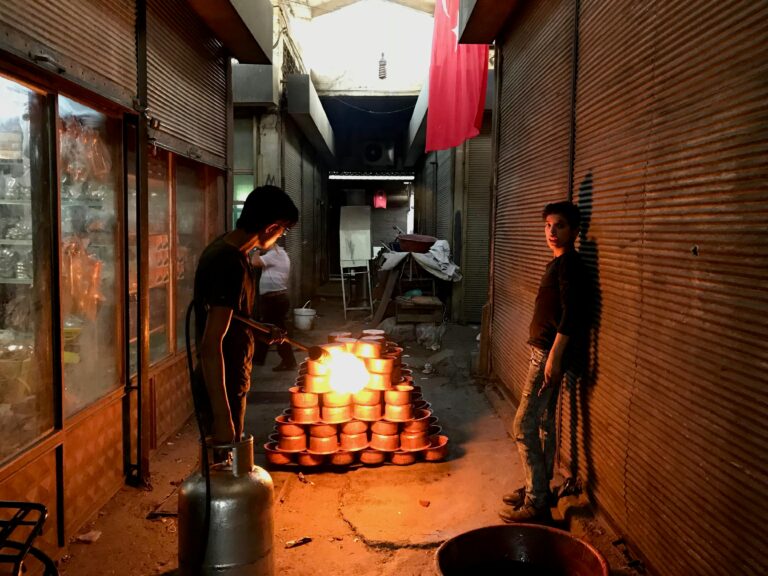Nuclear May Not Solve AI Problems

Former Google CEO Eric Schmidt told Congress that AI would use 99% of the world’s electricity in 10 years. The OpenAI CEO stated that a third of US electricity would be required for energy-intensive AI data farms. Because traditional sources of electricity generation cannot meet these needs, the only options are to either return to coal or expand renewable energy. One of the most promising sources for renewable energy is nuclear, which has not experienced significant growth in terms of energy market share for decades. A new technology may change that.
For the last three years, one solution often mentioned is small modular reactors (SMR). The International Atomic Energy Agency defines these as “Small modular reactors (SMRs) are advanced nuclear reactors that have a power capacity of up to 300 MW(e) per unit, which is about one-third of the generating capacity of traditional nuclear power reactors.” The hurdle is that no one has built one.
One piece of research from Bloomberg estimates that $9 billion has been invested in the development of SMRs, with approximately a third of this amount coming from the private sector. Like all new sources of energy that are not yet well-developed, the risk is considerable.
Three Mile Island
The risk falls into two categories. The first is that the SMRs may be more expensive than forecast. The other is that it could take years to refine the design and get government approval.
The expansion of nuclear power in the US slowed after a reactor meltdown at Three Mile Island in 1979. Since then, people across the nation have been reluctant to have reactors close to where they live or work. Other renewables, particularly solar and wind, do not draw this reaction.
Additionally, the Trump Administration has moved coal back to the forefront as a source of electricity. That takes away the urgency of creating new renewables. SMRs face a tough road forward.
More from Electricity Wars
- Electricity Gets Ugly
- Another New York City Blackout
- Air Conditioning Takes Center Stage
- COP30 And The Rise Of Solar






